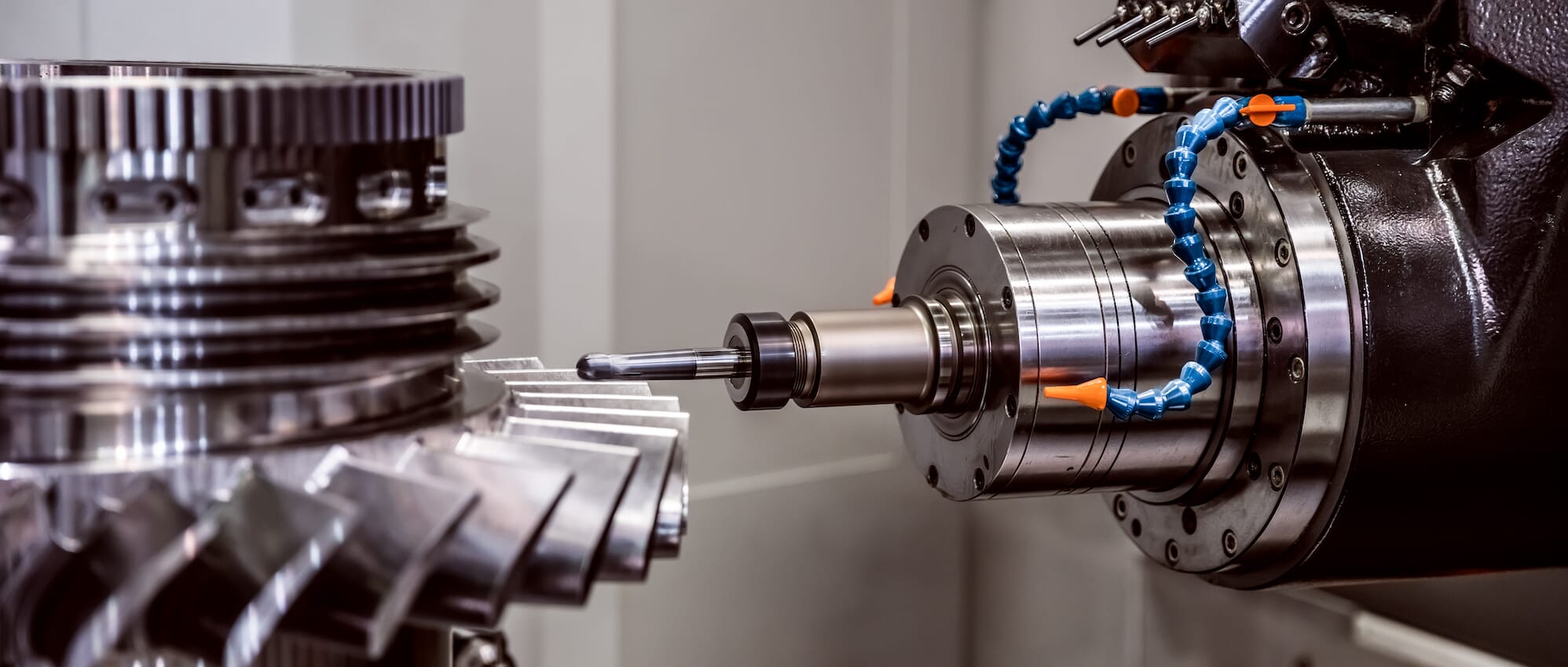8 Easy Facts About Alcast Company Explained
Table of ContentsWhat Does Alcast Company Mean?The smart Trick of Alcast Company That Nobody is Talking AboutMore About Alcast Company8 Easy Facts About Alcast Company ShownThe 5-Second Trick For Alcast CompanyRumored Buzz on Alcast Company
The refined difference hinges on the chemical web content. Chemical Comparison of Cast Aluminum Alloys Silicon advertises castability by decreasing the alloy's melting temperature level and enhancing fluidness throughout spreading. It plays an important duty in enabling detailed molds to be filled precisely. Furthermore, silicon adds to the alloy's strength and use resistance, making it important in applications where longevity is vital, such as vehicle parts and engine components.It additionally boosts the machinability of the alloy, making it much easier to refine into finished items. This way, iron contributes to the overall workability of light weight aluminum alloys. Copper raises electric conductivity, making it helpful in electric applications. It also boosts deterioration resistance and adds to the alloy's total strength.
Manganese adds to the stamina of light weight aluminum alloys and enhances workability (aluminum metal casting). It is typically used in wrought light weight aluminum products like sheets, extrusions, and accounts. The existence of manganese help in the alloy's formability and resistance to breaking throughout construction processes. Magnesium is a light-weight component that provides stamina and effect resistance to light weight aluminum alloys.
The 3-Minute Rule for Alcast Company
It permits the manufacturing of light-weight parts with excellent mechanical buildings. Zinc boosts the castability of light weight aluminum alloys and aids control the solidification procedure during spreading. It enhances the alloy's toughness and solidity. It is usually found in applications where elaborate shapes and great details are necessary, such as ornamental spreadings and particular automotive parts.

The primary thermal conductivity, tensile stamina, return toughness, and prolongation differ. Select suitable raw products according to the efficiency of the target item generated. Among the above alloys, A356 has the greatest thermal conductivity, and A380 and ADC12 have the least expensive. The tensile restriction is the contrary. A360 has the best yield toughness and the greatest prolongation price.
Unknown Facts About Alcast Company

In precision spreading, 6063 is well-suited for applications where complex geometries and premium surface area finishes are extremely important. Examples include telecommunication units, where the alloy's superior formability enables for sleek and aesthetically pleasing styles while preserving structural honesty. Likewise, in the Lights Solutions sector, precision-cast 6063 components produce classy and efficient illumination components that call for intricate shapes and great thermal efficiency.
It brings about a better surface area finish and much better deterioration resistance in A360. Furthermore, the A360 shows premium elongation, making it ideal for facility and thin-walled components. In precision casting applications, A360 is well-suited for industries such as Customer Electronic Devices, Telecommunication, and Power Tools. Its enhanced fluidity permits elaborate, high-precision components like smart device casings and communication device housings.
Alcast Company for Dummies
Its distinct homes make A360 a useful selection for accuracy spreading in these markets, improving item sturdiness and high quality. Aluminum alloy 380, or A380, is an extensively used spreading alloy with numerous distinct attributes. It provides outstanding look at more info castability, making it a perfect choice for accuracy spreading. A380 exhibits great fluidness when molten, making certain intricate and detailed mold and mildews are accurately duplicated.
In accuracy spreading, aluminum 413 radiates in the Consumer Electronics and Power Devices sectors. It's commonly used to craft intricate elements like smart device real estates, camera bodies, and power tool housings. Its precision is remarkable, with tight tolerances as much as 0.01 mm, ensuring perfect item assembly. This alloy's superior rust resistance makes it an outstanding selection for outside applications, ensuring resilient, durable items in the discussed industries.
The 8-Second Trick For Alcast Company
Once you have decided that the aluminum die casting procedure appropriates for your project, a crucial following action is deciding on one of the most appropriate alloy. The light weight aluminum alloy you choose will significantly impact both the casting procedure and the residential or commercial properties of the end product. Since of this, you should make your decision meticulously and take an educated method.
Identifying the most suitable light weight aluminum alloy for your application will suggest considering a vast variety of qualities. These comparative alloy features follow the North American Pass Away Casting Association's guidelines, and we have actually divided them into two categories. The very first classification addresses alloy features that impact the production process. The second covers features impacting the properties of the end product.
All About Alcast Company
The alloy you choose for die casting straight affects a number of aspects of the casting procedure, like how easy the alloy is to function with and if it is vulnerable to casting flaws. Hot cracking, likewise called solidification splitting, is a typical die spreading defect for aluminum alloys that can result in internal or surface-level splits or splits.
Particular light weight aluminum alloys are more at risk to warm fracturing than others, and your option should consider this. Another common issue found in the die casting of light weight aluminum is die soldering, which is when the actors stays with the die walls and makes ejection challenging. It can damage both the actors and the die, so you ought to seek alloys with high anti-soldering residential properties.
Rust resistance, which is already a significant characteristic of aluminum, can vary substantially from alloy to alloy and is a crucial characteristic to consider depending on the ecological problems your product will be subjected to (Casting Foundry). Wear resistance is an additional building commonly looked for in light weight aluminum products and can set apart some alloys